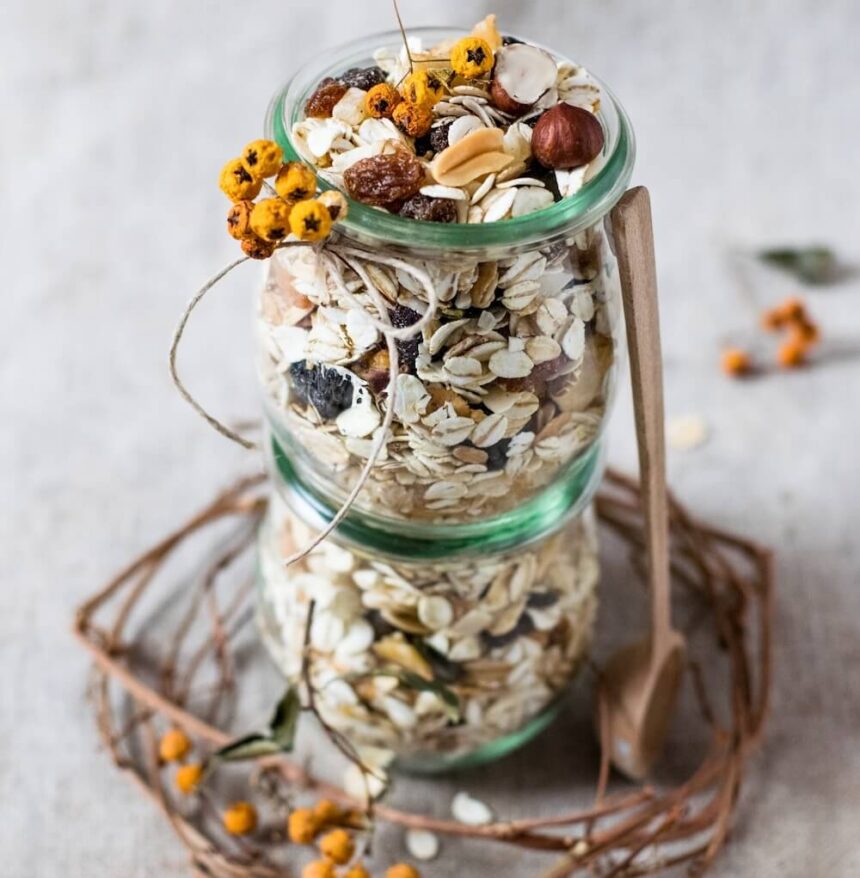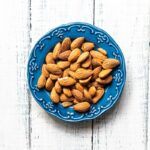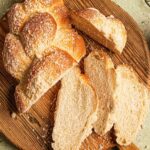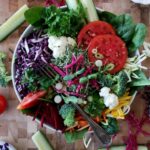Fiber is an often-joked food that facilitates your bathroom visits, but it does so much more than keeping you regular. It’s a necessary component of a healthy, balanced diet because it does a lot of good for your entire body.
Keep reading to learn more about the yummy benefits of fiber and the best sources of fiber.
What Is Fiber?
You’re probably already familiar with the three essential nutrient groups: fats, carbohydrates, and proteins. Fibers belong to the carbohydrate group. However, your body doesn’t break these carbohydrates down into sugar molecules. Your body doesn’t break them down very much, period.
When it comes to fibers, they stay pretty much unchanged from when you consume them to when you eliminate them.
Fiber, itself, is present in all plants (but not animals!), and it’s a building block for plant molecules. Since it can’t be digested, it’s practically a zero-calorie food.
Soluble vs Insoluble Fiber
Even though fiber doesn’t break down a lot in your body’s digestion system, the fiber can be divided into two main groups: soluble and insoluble. What’s the difference?
According to the dietitian Paige Smathers, soluble fiber dissolves in water, whereas insoluble fiber doesn’t it. You can find soluble fibers in things like gum, pectin, and mucilage, which will all dissolve in water.
What’s so great about this dissolvable form of fiber? Among other things, it helps to keep blood sugar levels in check, along with blood cholesterol levels.
As for insoluble fibers, since they don’t dissolve but stay more or less intact in your digestive tract, they help to keep things moving along in your digestive system. You can think of insoluble fibers as the train conductor, keeping everything on schedule.
The Mayo Clinic shares that most plant-based foods have insoluble fibers, but we’ll go into all that later!
What Does Fiber Do for the Body?
Now, if you’re like most Americans, you’re probably not getting enough fiber. In fact, one source said that fewer than three percent of Americans get enough fiber daily.
Another source is slightly more optimistic, saying five percent of Americans get enough fiber. Either way, the numbers are bleak.
So, if you fall into the majority, keep reading to learn why this neglected nutrient is so essential for your health and wellness.
Dietary Fiber Improves Digestion
Since insoluble fiber is not broken down during digestion, it supports healthy, efficient, and swift digestion. Because they help push foods to final elimination, they help prevent toxicity within the body.
They also help the good bacteria in your gut to thrive. Finally, they help to prevent constipation. You can imagine fiber as the broom or brush of the digestive tract, sweeping things through and preventing the dangerous build-up of waste and toxins.
Dietary Fiber Can Support a Healthy Weight
Fiber is an excellent tool for losing weight and maintaining a healthy size for two main reasons.
Firstly, since it’s a bit bulky, it helps you feel full more quickly. So, when combined with healthy fats and proteins, it can keep you feeling satiated for longer.
Secondly, because the body doesn’t break down this carbohydrate into sugars, and since fiber remains relatively intact from top to bottom, it has virtually no calories.
All in all, it’s a healthy food that helps you feel full while keeping your caloric intake to a minimum.
Dietary Fiber Works Against Diabetic Symptoms
As you know, there are two fiber types: soluble and insoluble. The wonderful benefit of soluble fiber is that it helps your body digest food at a more reasonable speed.
That means your blood sugar levels don’t skyrocket. When you include fiber in your meals, you can even lower the Glycemic index of that dish.
Dietary Fiber Helps to Prevent Cancer
It’s incredible to think that something as simple and humble as celery or lettuce can fight cancer, but it’s true.
By upping your insoluble fiber intake, you help to keep your colon clean. This, in turn, prevents colon cancer and other digestive disorders.
Top Foods High in Fiber
Now that you know about just some of the fantastic benefits of dietary fiber, it’s time to find out where you can get your hands on this power-packed nutrient. Luckily, foods that are high in fiber are literally everywhere since fiber is present in most plant-based whole foods.
Here are some of the best fiber foods you can add to your grocery list:
- Flax seeds
- Chia seeds
- Walnuts
- Asian Pears
- Split Peas
- Chickpeas
- Black Beans
- Coconut
- Lentils
- Figs
- Almonds
- Lima Beans
- Okra
- Artichokes
- Acorn Squash
- Peas
- Broccoli
- Cauliflower
- Turnips
- Carrots
- Brussels Sprouts
- Celery
- Raspberries
- Blueberries
- Blackberries
- Apples
- Avocados
- Pears
- Bran
- Unrefined grains, like wheat, barley, oatmeal, corn, and brown rice
- Quinoa
The great thing about each and every food listed above is that it’s not just a high-fiber food. Each food comes packed with vitamins, minerals, and so many other wonderful properties that support a healthier you.
As a good rule of thumb, the best foods with fiber are nuts, legumes, seeds, and vegetables – simple whole foods.
Worse Dietary Forms of Fiber
There are so many delicious options to help keep your diet high in fiber without resorting to boring meals. These tasty foods can also help you avoid bad dietary fiber options. Here’s what you should avoid:
- Refined and processed grains/cereals with added fiber
- Yogurts with added fibers
- Protein bars
- Fiber supplements, especially those including ingredients like methylcellulose, calcium polycarbophil, and wheat dextrin.
Instead of eating fiber from processed, refined, and questionable foods, obtaining your fiber from whole foods is always better.
Daily Fiber Recommendation
So, just how much fiber should you eat daily? Both men and women should aim for a minimum of 25 to 30 grams of fiber daily.
That might seem like a lot, but by adding more fruits and vegetables (like the ones listed above) and cutting back on refined and processed foods, you can easily meet your daily requirements.
Can You Eat Too Much Fiber?
Since at least 90 percent of Americans aren’t consuming enough fiber, you’re probably not overdoing it. But if you increase your fiber intake quickly, you can run the risk of introducing too much fiber too soon.
If you do, you can experience some uncomfortable symptoms, like:
- Diarrhea
- Constipation
- Bloating and gas
- Stomach discomfort and pain
Fibers support your body’s health and well-being in many ways. And as you can see, you can eat many great fiber rich foods to increase your daily intake.
Just remember to gradually increase your fiber intake so your body can adjust without feeling uncomfortable.








